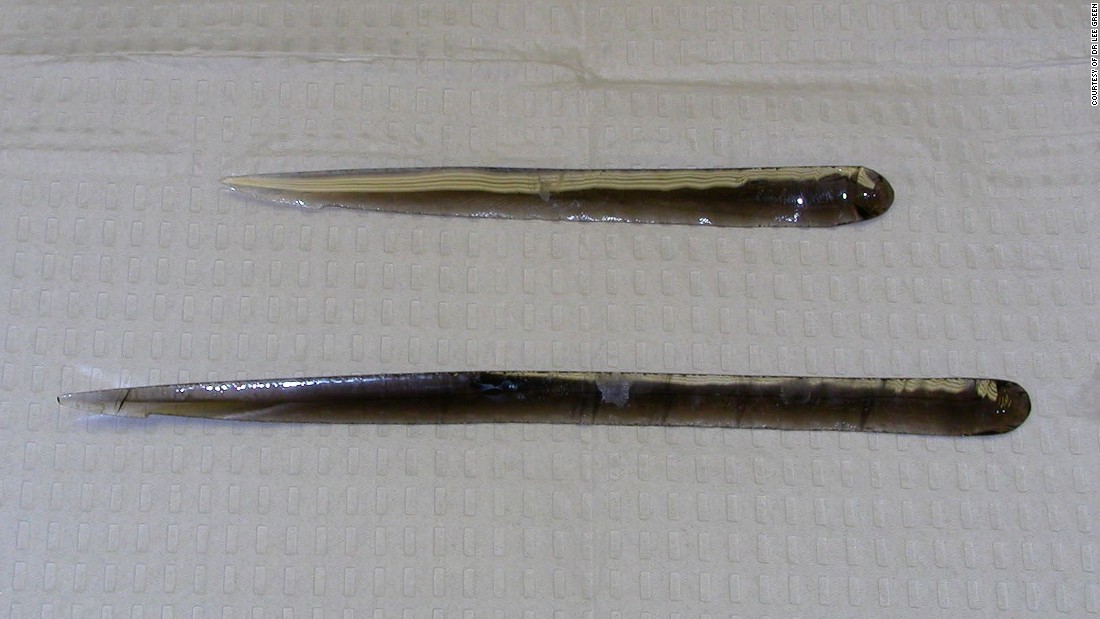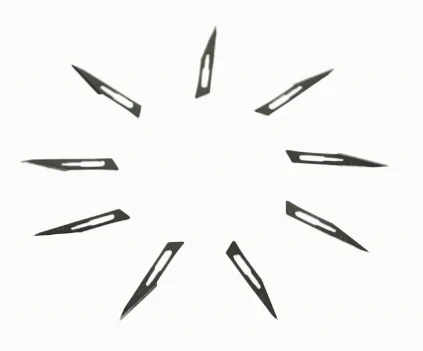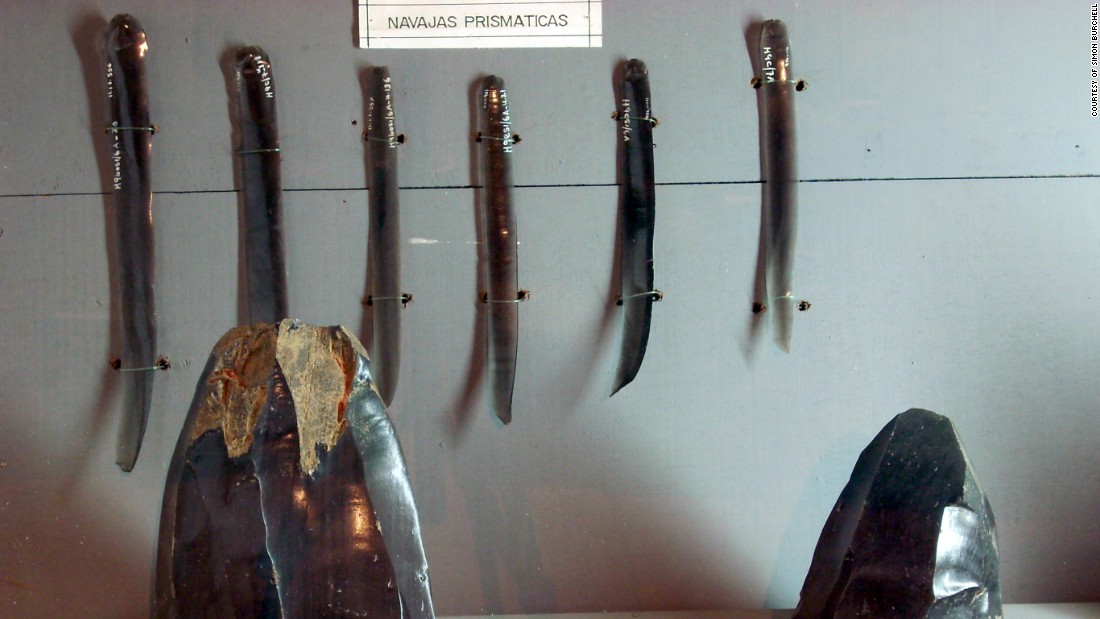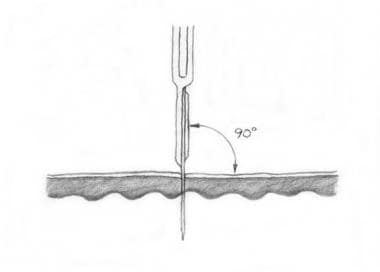
For instance, because of how sharp they can be, obsidian scalpels cause much less trauma to flesh that they slice through, resulting in faster healing. In fact, despite a lack of FDA approval, some surgeons routinely use obsidian scalpels as they have some significant advantages over their steel counterparts. To give you a point of reference, most household razor blades that are made out of steel measure between 300 and 600 angstroms.Īn obsidian blade can hold an edge of just 30 angstroms, making it sharper than any modern scalpel. The cutting edge of a blade can be measured in angstroms which gives you a rough idea of how sharp the knife is. To put it bluntly, obsidian knives are very, very sharp. So, in short, obsidian knives do have a place and may have potential in the future but, no, you should not expect to be carrying an obsidian pocket knife anytime soon. Obsidian knives in modern times are mainly used as display pieces or in traditional tasks such as animal skinning. This makes obsidian knives impractical for use in the kitchen, as carry knives, or in other daily tasks. The thin edge of a truly sharp obsidian knife tends to be extremely brittle and can chip or break easily. This makes it unsuitable for most tasks where it will be exposed to impacts or hard use. The other major drawback is that, since obsidian is not formed under pressure like a diamond, it is not very hard or durable. Obsidian knives have to be sharpened through a process called knapping, which is essentially chipping away bits of the material until you have a sharp edge. If you have an obsidian knife, you’re not going to be giving it a few strokes on a stone or in your strop to keep the edge. The first major drawback is the work that’s required to form the super sharp edge. However, it comes with all the drawbacks that you would expect. Like a ceramic or glass, this allows obsidian to form an extremely keen edge.

Because of the speed at which it cools, it does not have time to form a crystalline structure and, instead, forms a glass. Obsidian is created when highly viscous lava is cooled rapidly. Learning about the creating of obsidian and how it is formed into a knife sounds like something straight out of a fantasy book. What I’ve learned is super cool but, I’ll admit, a little disappointing for those of us that wanted an obsidian pocket knife to carry. Given how incredibly sharp and hard I thought obsidian was, it seemed like the perfect material. This led me down the road of obsidian knives. I recently had a bit of a romantic trip down memory lane and decided to start looking for a practical way to use obsidian.

There was a site on my family’s land where we found dozens of 200+-year-old arrowheads that were still sharp enough to slice my fingers (ask me how I know…) I’m sure the food was great, but the most exciting thing we did was look for obsidian pieces and arrowheads.

92: 884, 1993.One of my best memories as a kid is visiting family in Idaho every holiday. A blinded histologic review suggested that obsidian wounds contained fewer inflammatory cells and less granulation tissue at 7 days. At 42 days, all wounds were barely detectable, thus precluding scar width analysis. At 21 days, scar width was not different in the two groups. Scar width, however, was significantly less in the obsidian wounds at 7, 10, and 14 days ( p < 0.005). Tensile strength of the two wound types was not different at 7, 14, 21, and 42 days.
Surgical obsidian scalpel skin#
Each rat received two parallel 8-cm dorsal skin incisions, one with an obsidian scalpel and the other with a surgical steel scalpel (no.

In order to determine if skin incisions made with obsidian were superior to those made with standard surgical steel, wound tensile strength, scar width, and histology were assessed in 40 adult male Sprague-Dawley rats. There are several anecdotal clinical articles claiming wound healing and scar superiority using obsidian (volcanic glass) scalpels.


 0 kommentar(er)
0 kommentar(er)
